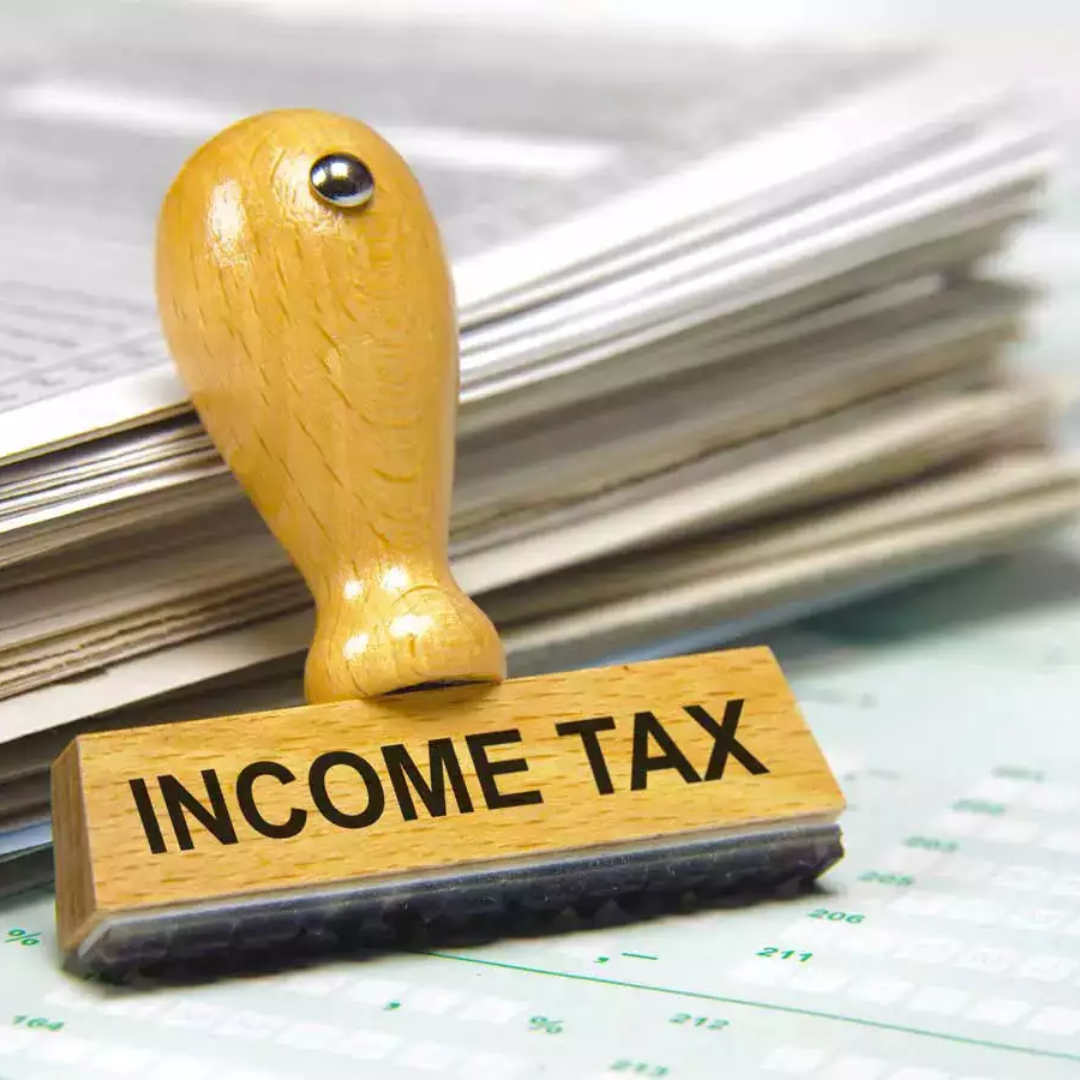Don't have an account?
Login to EaseMyDeal

2023-12-13
703
In the ever-evolving landscape of taxation, the Income Tax Department has recently unveiled a set of rules aimed at addressing the intricate matter of valuing rent-free accommodation provided by employers to employees. This move comes as part of a broader effort to bring clarity and uniformity to the taxation of perquisites, ensuring a fair and transparent assessment of the benefits extended to employees. In this article, we delve into the details of these new rules, their implications, and the impact they may have on both employers and employees.
Understanding Rent-Free Accommodation:
Providing rent-free accommodation to employees is a common practice among employers as part of their employee welfare initiatives. This benefit, however, is considered a taxable perquisite and is subject to income tax. The challenge lies in accurately determining the fair market value of such accommodation, considering the diverse nature of housing arrangements and the variations in rental values across different locations.
New Rules Notification:
The recent notification by the Income Tax Department lays down a comprehensive framework for valuing rent-free accommodation. The rules take into account factors such as the size of the accommodation, the city's population, the furnished or unfurnished nature of the premises, and the terms of the lease agreement, among other considerations. By establishing a structured set of parameters, the department aims to standardize the valuation process and minimize discrepancies in the assessment of taxable perquisites.
Key Parameters for Valuation:
1. Location Factor: The rules incorporate a location-based approach to address the disparity in rental values across different cities and regions. Metros and urban areas typically have higher rental values than smaller towns or rural areas. The location factor aims to provide a more realistic reflection of the prevailing rental market in a particular region.
2. Accommodation Type: Recognizing that the size and type of accommodation significantly impact its valuation, the rules categorize residences into different classes. This includes specifying separate criteria for valuing the accommodation based on whether it is furnished or unfurnished. The distinction ensures a nuanced approach to the diverse nature of rent-free housing provided by employers.
3. Lease Terms: The terms of the lease agreement, such as the period of the lease and any specific conditions attached, are crucial in determining the taxable value of the perquisite. Clear guidelines are provided to account for variations in lease durations, promoting a fair and consistent valuation approach.
4. Utilities and Amenities: The rules also consider the value of amenities and utilities provided along with the accommodation. This includes facilities like water supply, electricity, maintenance, and other services that contribute to the overall value of the rent-free housing.
Implications for Employers and Employees:
**For Employers:**
1. Compliance and Documentation: Employers need to ensure compliance with the newly notified rules when valuing rent-free accommodation. This involves maintaining accurate records and documentation related to the factors influencing the valuation, such as the location, type, and terms of the accommodation.
2. Transparent Communication: Transparent communication with employees about the valuation methodology is essential. Employers should clearly articulate how the taxable value of rent-free accommodation is determined, fostering understanding and minimizing potential disputes.
3. Review of Policies: Employers may need to review their existing policies related to the provision of rent-free accommodation and align them with the notified rules. This ensures that the valuation process aligns with regulatory requirements and industry best practices.
**For Employees:**
1. Tax Planning: Employees should be aware of the impact of rent-free accommodation on their taxable income. Understanding the valuation criteria allows employees to engage in effective tax planning, potentially exploring deductions and exemptions available under the tax laws.
2. Informed Decision-Making: Knowledge of the valuation rules empowers employees to make informed decisions when negotiating or accepting rent-free accommodation as part of their employment package. Awareness of the tax implications helps individuals assess the overall value of the benefit.
Conclusion: The Income Tax Department's notification of rules for valuing rent-free accommodation marks a significant step toward bringing clarity and consistency to the taxation of this common employment perquisite. By considering factors such as location, accommodation type, lease terms, and amenities, the rules aim to create a more equitable framework for assessing the taxable value of rent-free housing. Employers and employees alike must familiarize themselves with these rules to ensure compliance, foster transparent communication, and make informed decisions regarding tax planning and benefit negotiation. As the taxation landscape continues to evolve, staying abreast of such regulatory developments becomes paramount for both employers and employees navigating the labyrinth of income tax regulations.

Write A Comment